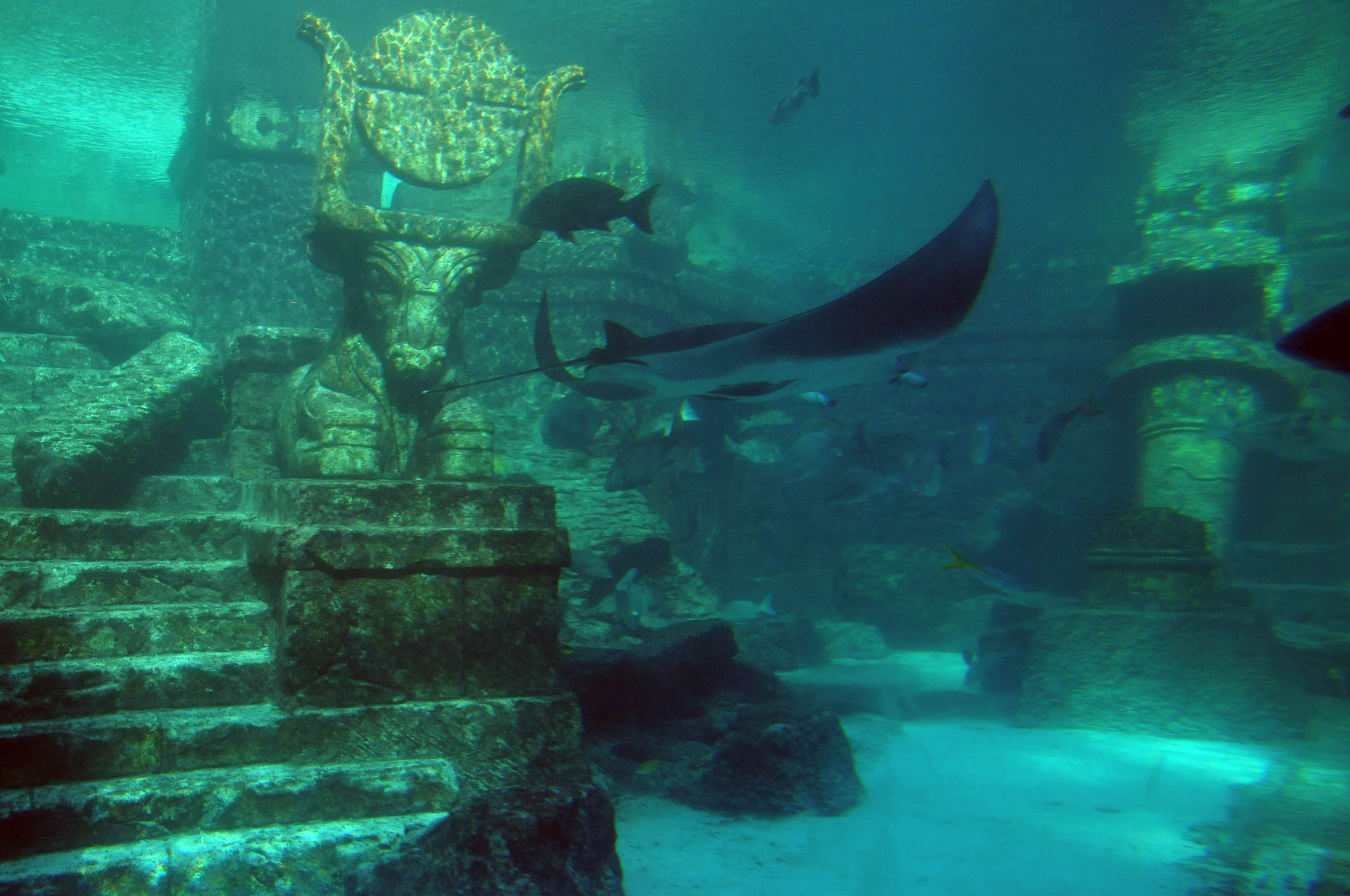I’ve been reading Jules Verne’s novel “Twenty thousand leagues under the sea”, considered as one of the very earliest science fiction stories. In brief, Monsieur Aronnax, and a couple of sidekicks, are taken prisoner by Captain Nemo and his mysterious crew and treated to an underwater voyage around the world on the truly expansive submarine, Nautilus. They get to visit vast reefs, raid sunken galleons, speed through submarine tunnels, view underwater volcanoes and talk a walk (in full diving suit) through the lost city of Atlantis. Written in 1869, the novel gives an interesting picture of the state of scientific knowledge at the time, and how it might find an outworking in the future.
One curious feature of the Nautilus is its power supply: Electricity. It’s worth pointing out that in 1869 thermodynamics was still young – only 25 years after James Joule’s famous experiments on heat and work. Electric motors were slightly older – in the 1830’s motors that could drive machinery were demonstrated – so it wasn’t so unreasonable of Verne to think that a vast electric motor could be used to turn the screw on the Nautilus, zipping it along at twenty-five miles an hour.
But where does the energy come from? Well, here clearly Verne is struggling a bit, or isn’t up to date with thermodynamics, or just has a very expansive imagination. (Clearly he had the last of these, in any case.) Nemo creates electricity from ‘burning’ sodium. The details of the chemistry and physics? Not in the book, I’m afraid. Where does he get the sodium from? That’s more obvious: sea water. Periodically, the Nautilus visits an extinct volcano (somewhere in the vicinity of the Canaries) which, conveniently, has vast coal reserves. I wouldn’t normally associate coal with volcanic activity, but there we go. By burning the coal in the vast caldera, out of sight of other people, Nemo’s crew get the energy to power the extraction of sodium from sea water. (Again, the chemical details of this process are glossed over.) And the rising smoke out the top of the volcano ‘fuel’ (pardon the pun) the local understanding that the volcano is still active.
The Nautilus has powerful underwater lighting, to guide its way, using the Ruhmkorff apparatus (or induction coil) – the most well used example of which is probably the car spark plug.
Now, a curious piece of science mentioned in passing by M. Aronnax is the ultimate fate of the earth. It is, in his esteemed understanding, ultimately destined to freeze. The reason? Solar radiation is insufficient to maintain the temperature of the earth (this can be demonstrated with a simple calculation) and thus, obviously (at least to the fictional M. Aronnax in the mid 1800s) , the remaining power must be generated from inside the earth by volcanic activity. Since volcanic activity is clearly not as strong as it was many thousands of years previously, a bit of extrapolation shows that, when it is finished, everything on earth is ultimately doomed to be frozen to death. He clearly hadn’t heard of the Greenhouse Effect, then.
Actually, I learned only two weeks ago that it is the French Mathematician and Physicist Joseph Fourier who is first credited with recognizing the possibility of the Greenhouse Effect. That was in 1824. One cannot say (like many climate skeptics) that Greenhouse science is new, untested and risky to believe.
I haven’t got to the end of the book yet, though it is clearly gearing up for an exciting conclusion. As well as science, Verne talks about maritime history and touches social issues such as colonization and racism (Nemo seems to be a ‘Robin Hood’ kind of character, plundering the sunken wrecks of Spanish Galleons of their plundered Inca gold [the irony is clearly not lost] and giving it to those in greater need than himself.) Where is this undersea journey going? Will Captain Nemo reveal his true motives? And will Monsieur Aronnax ever set foot on land again? I shall find out in the next few days.
